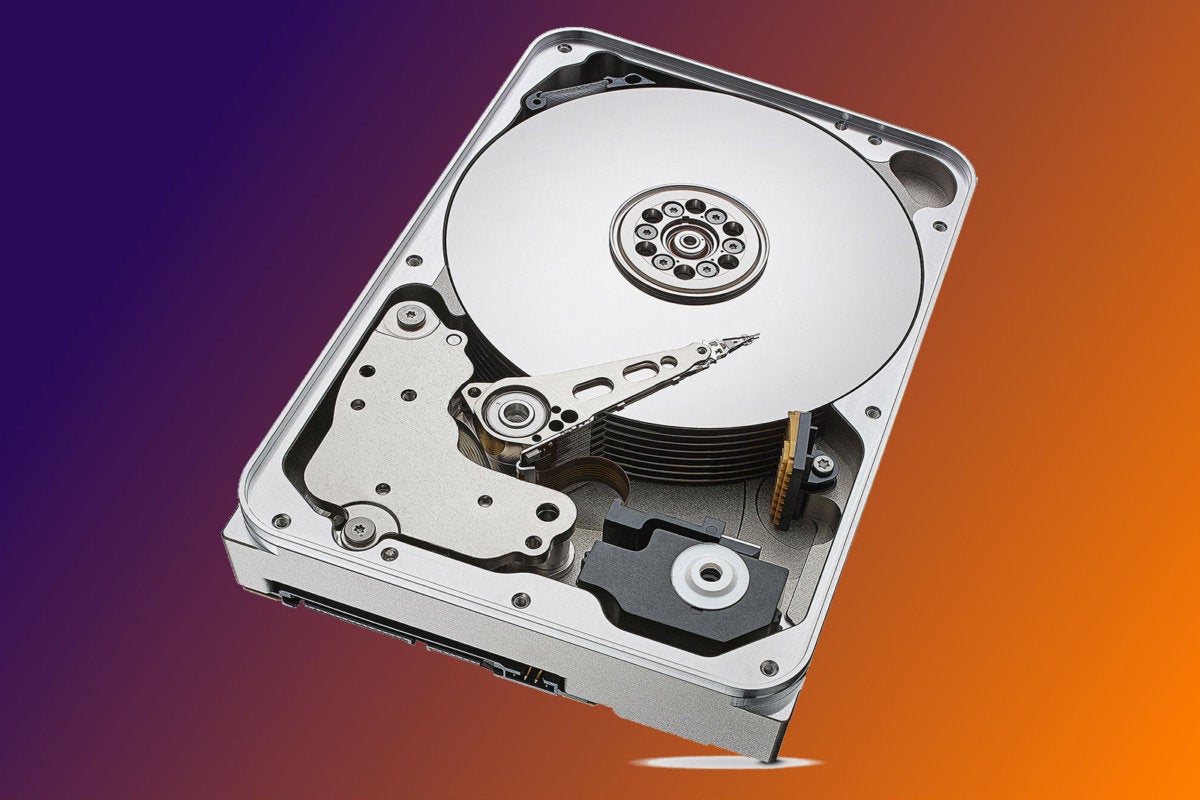Hard-drive failure rates tied to age in latest Backblaze analysis

Cloud backup and storage provider Backblaze released its latest annual report dissecting hard-drive failure rates, and it’s clear that age is a key determinant of a drive’s potential for failure.
Backblaze has become something of a go-to source for hard-drive durability, thanks to its quarterly analysis of its own fleet, which included 231,309 hard drives used to store data as of December 31. (After excluding drives used for testing purposes and low-count models, Backblaze analyzed 230,921 devices for its report.)
Overall, Backblaze has found the storage drives it operates to be quite durable. The oldest drives in its fleet are the 6TB Seagate and 4TB Toshiba, with an average age of 92.5 months and 91.3 months, respectively. That’s eight years of near constant use, which is a testament to the vendors’ drive construction.
From 2021 to 2022, there was a notable increase in the annualized failure rate (AFR) across all of Backblaze’s drives, rising from 1.01% in 2021 to 1.37% in 2022. It appears to be a case of aging drives finally breaking, according to a blog by Andy Klein, principal cloud storage evangelist for Backblaze.
Klein compared year-over-year failure rates for different size drives and found that every size except for 16TB drives showed an increase in AFR from 2021 to 2022.
There was quite a gulf between the smaller drives (ranging from 4TB to 10TB) and the larger drives (12TB to 16TB). The smaller drives had an AFR of 0.85%, while the larger drives had an AFR of just 0.20%.
Seagate had the highest failure rate, but Klein noted that most of those models are much older than the rest. Klein also shared that Seagate drives are cheaper than their competitors, and their failure rate is not that much higher, making them cost effective.
“In general, Seagate drives are less expensive, and their failure rates are typically higher in our environment. Their failure rates are typically not high enough to make them less cost effective over their lifetime. You could make a good case that, for us, many Seagate drive models are just as cost effective as more expensive drives,” Klein said.
In 2022, only one hard-drive model in Backblaze’s fleet had zero failures: the 8TB Seagate. However, Backblaze only has 79 of this model in service, and these drives are used as spares to replace 8TB drives that have failed, Klein noted.
Western Digital earns bragging rights for the lowest failure rate at just 0.20%. The next closest is HGST, which Western Digital owns, at 0.81% AFR.
Klein said that in 2023, Backblaze plans to replace older drives with 16TB and larger hard drives. That means it can deploy much more capacity in the same space, and the eight-year-old Seagates are headed for recycling.
Something else to consider – although it wasn’t brought up in the Backblaze report – is that new high-capacity drives are filled with helium to reduce the friction from so many platters spinning in the tight space. The helium is thought to also increase lifespan by reducing said friction. Of course, we won’t know for another 6 to 8 years if that’s true.
The full Backblaze report is available here.
Copyright © 2023 IDG Communications, Inc.

